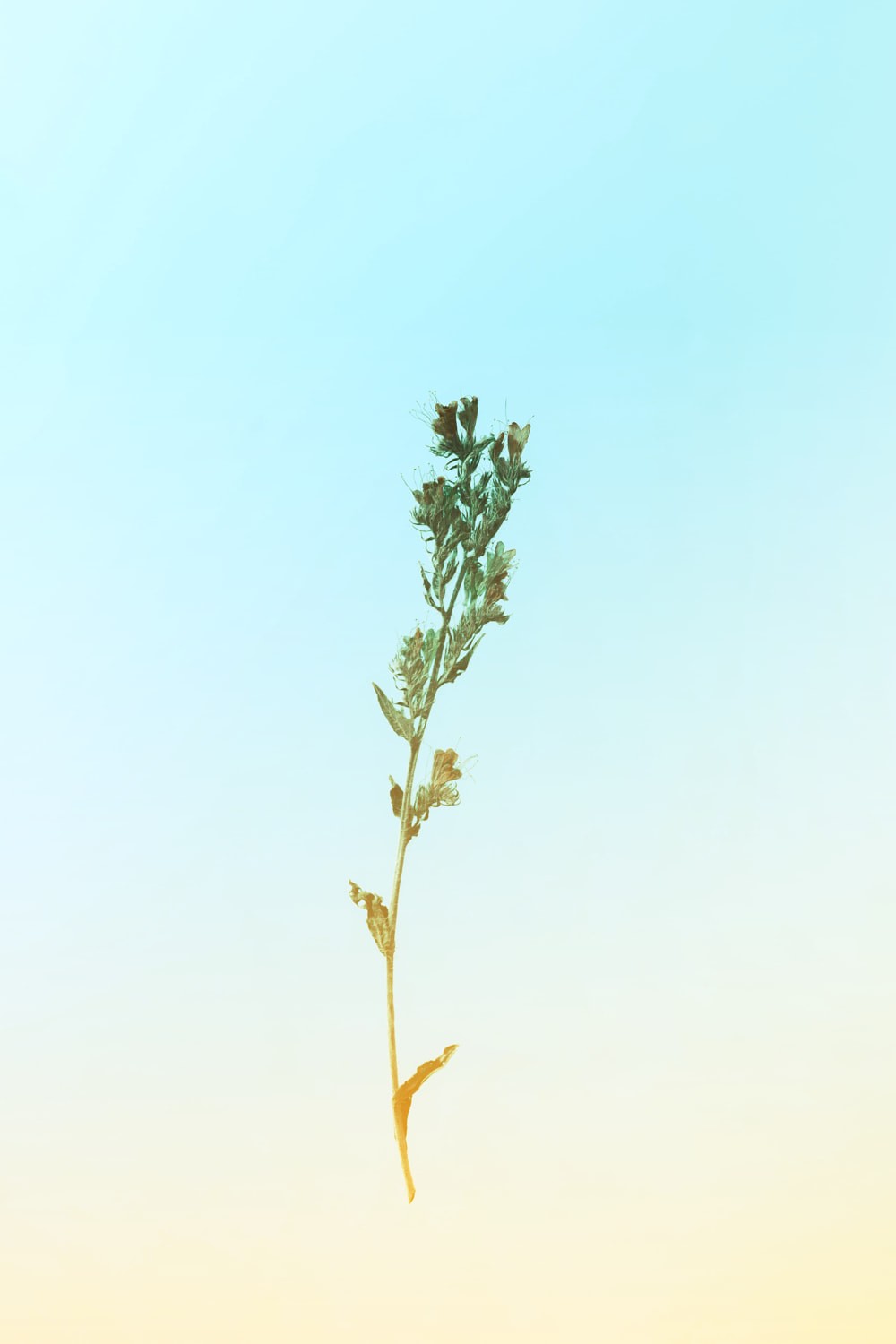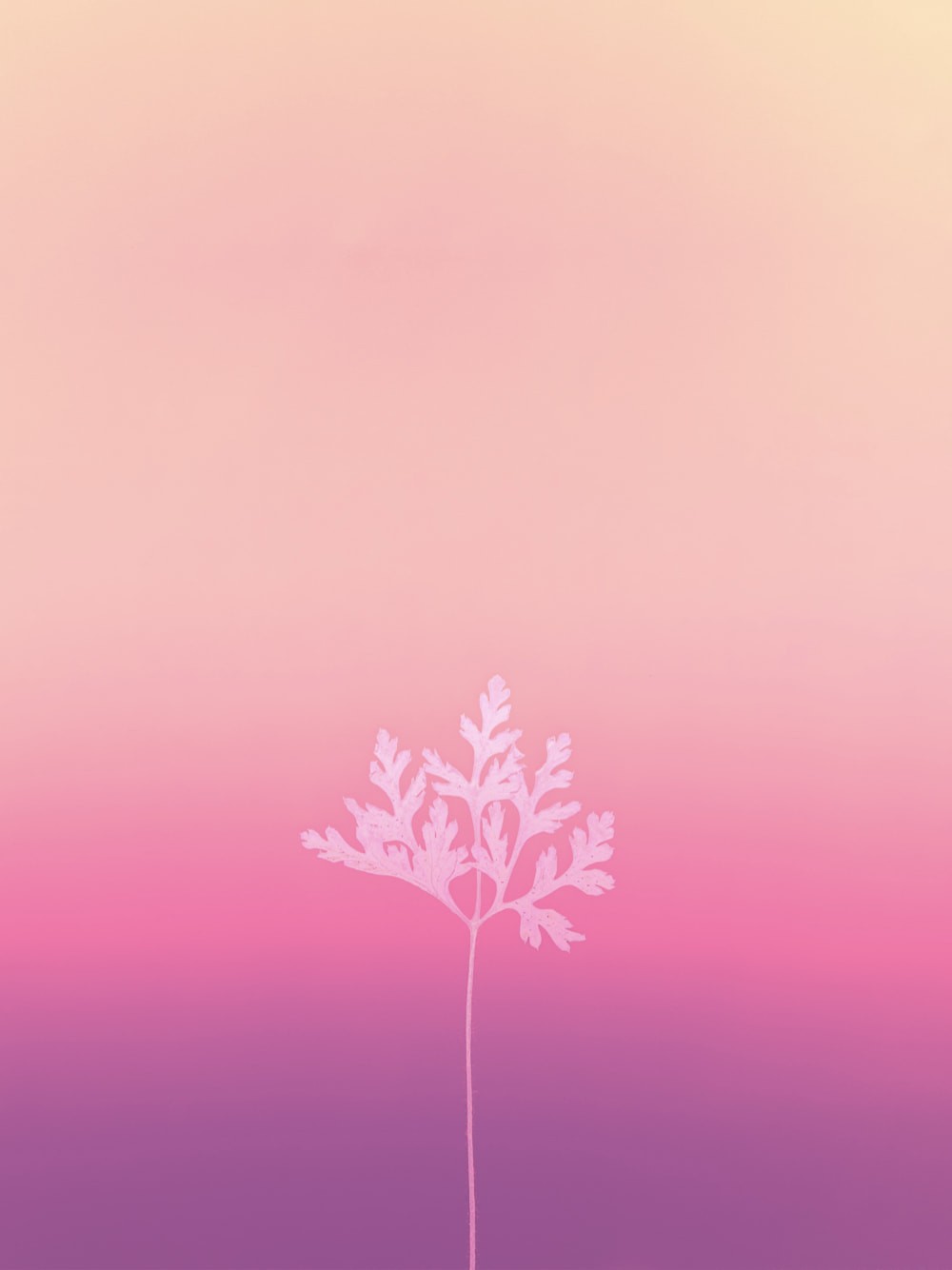HOW TO APPLY CLASSIC TECHNIQUES TO MODERN PHOTOGRAPHY
In the age of digital photography, where instant filters and advanced editing tools are at our fingertips, it's easy to overlook the timeless techniques that have shaped the art form for over a century. Classic photographic techniques, such as composition rules, lighting methods, and traditional darkroom processes, continue to hold significant value in modern photography. This article explores how these foundational techniques can be applied in today's digital world to enhance creativity and produce timeless images.
The Rule of Thirds: Timeless Composition
The rule of thirds is a fundamental principle in visual arts, including photography. It involves dividing an image into a 3x3 grid and placing the subject along these lines or at their intersections, rather than centering it. This technique creates a more dynamic and balanced composition.
Application in Modern Photography: Even in the digital era, the rule of thirds helps photographers create visually appealing images. While many modern cameras offer a built-in grid overlay, the principle can also be applied during post-processing by cropping and aligning the subject along these lines.
Beyond the Rule: While the rule of thirds is a great starting point, modern photographers can experiment by breaking this rule to create unique compositions, using it as a guide rather than a strict rule.
Chiaroscuro and Lighting Techniques
Chiaroscuro, the use of strong contrasts between light and dark, was popularized by Renaissance painters and has been a staple in photography for highlighting drama and depth. This technique is closely related to the principles of lighting in photography, which are essential for creating mood and dimension.
Application in Modern Photography: Modern photographers can utilize chiaroscuro by carefully controlling lighting setups, such as using a single light source to create deep shadows and highlights. This technique is particularly effective in portrait and still life photography.
Artificial vs. Natural Light: With advancements in lighting technology, photographers have a range of tools at their disposal, from LED lights to light modifiers. However, the principles remain the same—understanding how light interacts with subjects can significantly enhance the storytelling aspect of an image.
Manual Focus and Exposure Control
In the digital age, auto-focus and auto-exposure have become standard, making photography more accessible. However, manual control remains a critical skill for achieving precise artistic effects and adapting to challenging shooting conditions.
Application in Modern Photography: Manual focus allows photographers to control the point of sharpness, essential for techniques like selective focus and bokeh. Similarly, manual exposure control is crucial for handling scenes with high dynamic range or creating long exposures.
Hybrid Approach: Many modern cameras allow for a hybrid approach, where photographers can use auto settings as a starting point and then fine-tune manually. This flexibility helps achieve the perfect shot in various scenarios.
Black and White Photography
Black and white photography strips away the distraction of color, emphasizing shapes, textures, and contrasts. This classic technique can convey emotion and timelessness in a way that color photography sometimes cannot.
Application in Modern Photography: Digital cameras offer black and white modes, and editing software provides extensive tools for converting color images to monochrome. Modern photographers can manipulate tones and contrasts post-capture, offering more creative control than traditional film.
Fine Art and Documentary: Black and white photography remains popular in fine art and documentary genres, where the focus is on narrative and emotion rather than the allure of color.
Film Photography Techniques in a Digital World
While digital photography dominates today, the resurgence of film photography highlights a longing for the tactile and intentional nature of the medium. Film techniques, such as double exposure, grain, and analog processes, have found new life in digital formats.
Application in Modern Photography: Many digital photographers replicate film aesthetics through filters and presets that mimic the grain, color profiles, and imperfections of various film stocks. Additionally, techniques like double exposure can be recreated in-camera or through digital editing.
Hybrid Shooting: Some photographers shoot with both film and digital cameras, enjoying the benefits of both mediums. This approach allows for the authentic feel of film alongside the convenience and versatility of digital.
Conclusion
Classic photographic techniques remain relevant and valuable in modern photography. They provide a foundation for understanding the art form's core principles and offer creative possibilities that transcend technological advancements. By incorporating these timeless techniques, modern photographers can enhance their work's artistic quality, create compelling narratives, and develop a distinctive style. Whether you're a beginner or an experienced photographer, revisiting and applying these classic methods can deepen your appreciation for photography's rich history and broaden your creative horizons.


